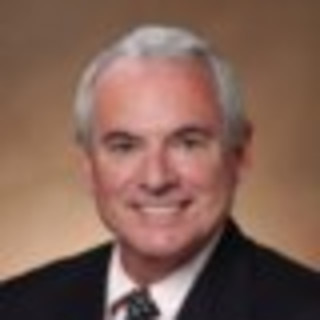
The first nationally representative estimates of physicians’ use of telemedicine has found the numbers lacking, according to the American Medical Association (AMA).
Data from the AMA’s 2016 Physician Practice Benchmark Survey of 3,500 doctors, published in the December issue of ”Health Affairs,” show that only 15 percent of physicians worked in practices that used telemedicine for patient interactions, such as diagnosing or treating patients, following up with patients, or managing patients with chronic conditions. In addition, just 11 percent of doctors worked in practices that used telemedicine for interactions with healthcare professionals, such as having a specialty consultation or getting a second opinion.
In 1980, futurist Alvin Toffler published “The Third Wave.” In it, he described the evolution from agrarian economies to industrial economies to post-industrial economies (i.e., The Third Wave) and discussed the impact such transformations would have on society. Most of his predictions have come true, including the creation of what he termed “prosumers,” i.e., the outsourcing services to the consumer (examples include: self-service check-out at grocery stores, pumping your own gas, and using ATM machines instead of tellers).
We're not there yet, but I believe telemedicine will follow this trend and evolve in four stages:
Stage one, which began in the late 1950s with the inception of telemedicine, was mostly about demonstrating proof-of-concept and validating the notion that patients can be treated without actually seeing them face-to-face. Most of these efforts have been funded by grants and did not scale or achieve adoption/penetration because of obstructive laws, regulations, and the absence of a market.
Stage two, where we are now, is characterized by wider acceptance of telemedicine and the creation of business models that provide incentives to create tele-businesses. Most of these models are in closed-loop systems deployed in integrated delivery networks like the Department of Veterans Affairs, Kaiser Permanente, or multi-site hospital systems. For example, I recently received a notice from my insurance company asking me to sign up for telemedicine online or download a free app.
Unfortunately, as expected, there is a mismatch between what telemedicine entrepreneurs think patients should have, compared to the jobs patients actually want telemedicine to do—and whether or how much they are willing to pay for telemedical services. (Hint: They don't want to pay for it and want help taking care of family members more than they want treatment for their sore throat on a weekend.)
For employers and patients, the business models don't work. Doctors want a QWILT to cover them:
- Quality,
- Workflow improvements,
- Income,
- Liability protection, and
- More time with patients.
Here is where we are now:
Stage three will be begin when closed-systems communicate with one another, thus creating an openly integrated nexus of telemedicine nodes such that any patient can connect to any doctor anywhere, any place, and at any time with all data residing in an interoperable cloud.
Finally, stage four will begin when there is a shift in the center of gravity—from providers to prosumer patients, with a gradual disintermediation of healthcare professionals, driven by “do it yourself” medicine and commoditized medical products. The business models driving this evolution will be global. They will also be separate and distinct from sick care brick-and-mortar delivery.
Legal, regulatory, and reimbursement obstacles are the primary barriers to reaching the fourth stage. (For an interesting discussion of barriers, read how one system has addressed these nagging issues).
We also run the risk of telemedicine becoming just another headache (like the electronic medical record)—that is, expensive, hard to use, workflow-inhibiting, and a security risk. Instead of being seen as an integrated tool to seamlessly improve care, telemedicine is at risk of becoming a stand-alone technology, overloaded with features, which exists solely because someone might profit.
If we can address these barriers, the result will be a global care system that is democratized, commoditized, and internationalized. Prepare now if you don't want to be swept away by the tsunami.
Arlen Meyers, MD, MBA is the President and CEO of the Society of Physician Entrepreneurs.







